Are You Hungry for Carnivorous Plants?
Looking to find a very nice Venus Fly Trap? Trying to pinpoint the perfect Pitcher Plant? Can’t wait to behold a Butterwort? Oxford Garden Centre now stocks a great selection of carnivorous plants – many of which are characterful, easy to look after and a hit with gardeners of all ages.
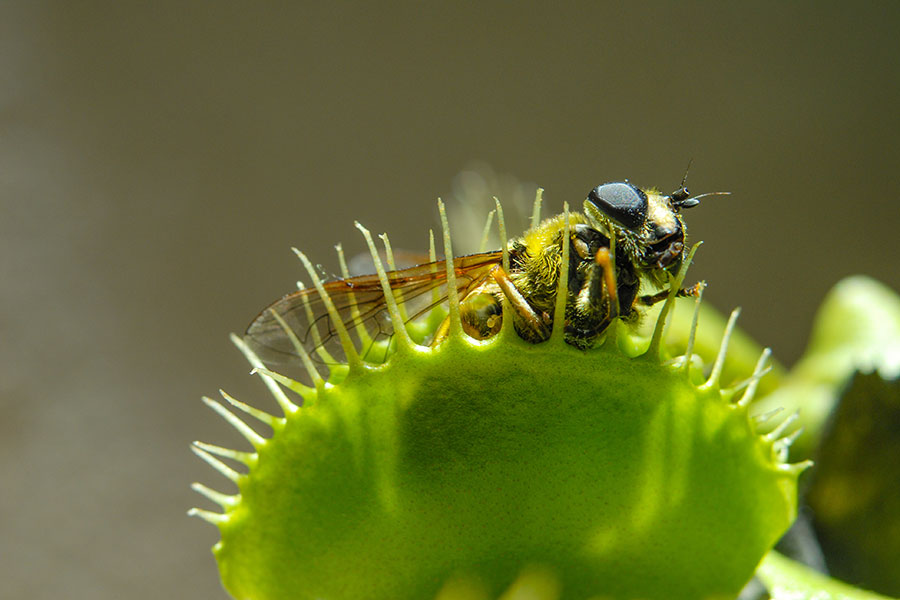
Not only do carnivorous plants – which come in various shapes, sizes and colours – look weirdly wonderful on a windowsill at home or on your office desk but they’re useful too. With planting time in the spring for Venus Fly Traps, Pitcher Plants and Butterworts, think ahead to those hot summer days when the flies start swarming… These predatory pals will get rid of those pesky pests by ingeniously trapping and devouring them. How’s that for organic bug control?
Here are some of the Oxford Garden Centre horticultural team’s favourite carnivorous plants, which are all available to buy in-store, with a few plant care tips along the way…
Dionaea Muscipula(Venus Fly Trap)
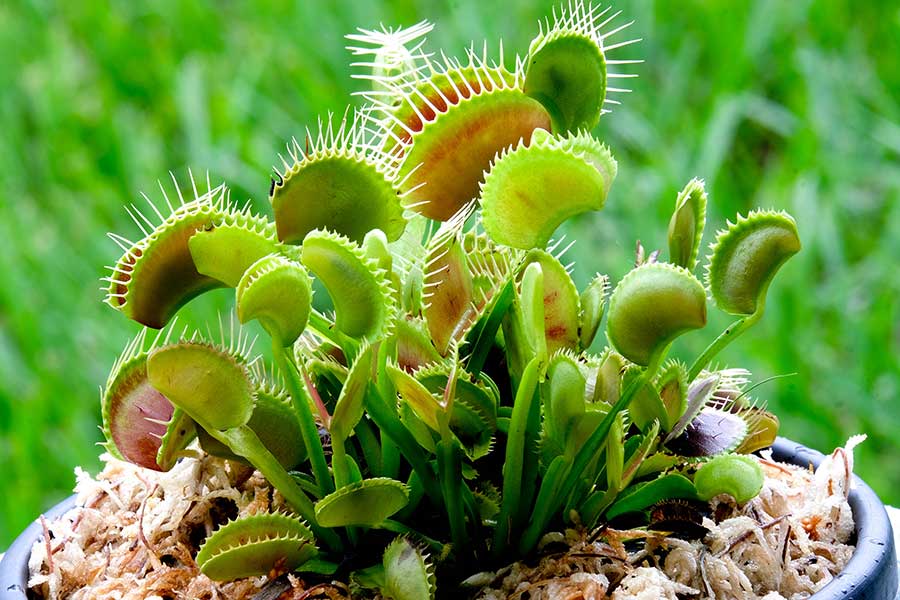
Probably the most well-known carnivorous plant, the Venus Fly Trap’s leaves form jaw-like traps. If a fly or spider triggers a hair inside twice, or hits two hairs at the same time, it snaps shut – quick as a flash. The insect’s sealed inside and the trap transforms into a stomach to digest the prey. Though there’s only one species of the Venus Fly Trap there are myriad varieties available, some of which you’ll find in-store at Oxford Garden Centre from £4.49 (8.5cm pots) to £9.99 (12cm pots).
A Venus Fly Trap must only eat live insects and, being a bog plant native to the USA’s subtropical wetlands in North and South Carolina, it likes to sit in 1-2cm of rainwater. A bright, sunny position or unheated greenhouse will make these snappers happy. But they die back in winter and can be moved to a cool location and kept damp until they come again next year.
Sarracenia (Pitcher Plant)
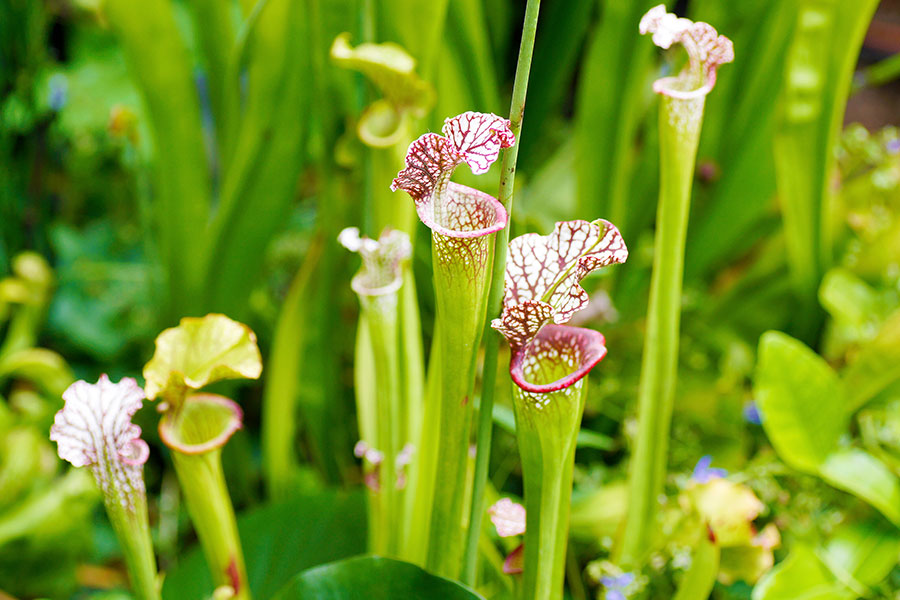
A North American Pitcher Plant of which there are eight species, the Sarracenia (especially the Purple Pitcher Plant or Sarracenia Purpurea) iseasy to look after. With the typical pitcher plant form of tube shaped leaves, insects attracted to the plant will meet their demise when they slip on the tube’s rim and fall into its depths containing fast-acting digestive enzymes.
This Pitcher Plant will do well on a sunny windowsill, in a frost-free but unheated greenhouse, in a conservatory or outside in a bog garden during the warmer weather. If potted, a Sarracenia likes to sit in around 1-2cm of rainwater. Never use tap water as this could kill the plant. We stock these starting at £4.49 for a 8.5cm pot and £9.99 for a larger 12cm pot.
Nepenthes (Monkey Cups)
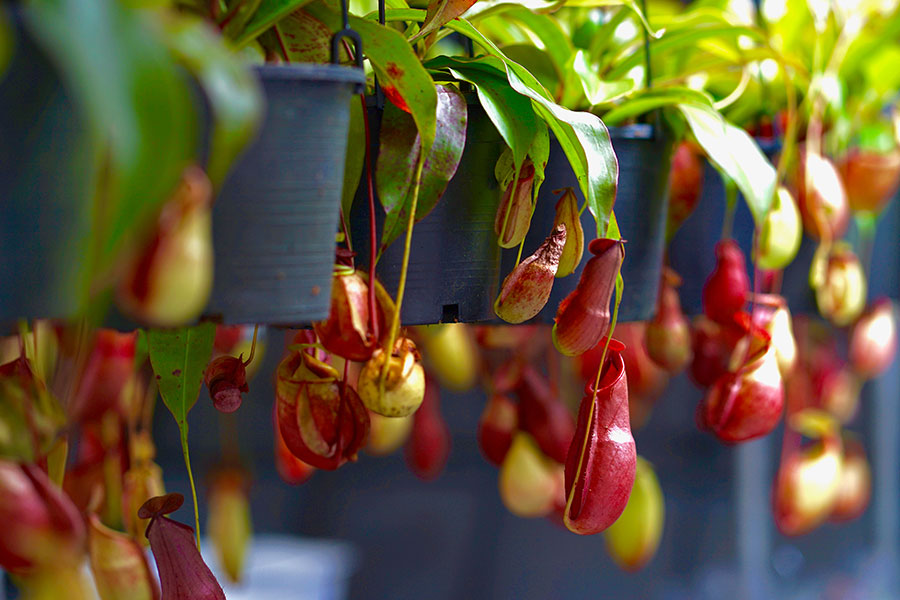
Nepenthes are tropical Pitcher Plants and one of 160+ species that are native to the rainforests of Madagascar, Asia and Australia alike. Growing as vines, one type of pitcher is produced in the canopies and another at ground level. They attract their prey in much the same way as the Sarracenia and when the doomed insect falls into the pitcher at the end of the leaves it will be consumed before it knows it.
A favourite of our Garden Centre Manager Mike, these Pitcher Plants are available in a variety of shapes, sizes and colours priced from £4.49 for a young plant to £19.99 for a larger plant in a hanging basket.
Heliamphora (Sun Pitchers)
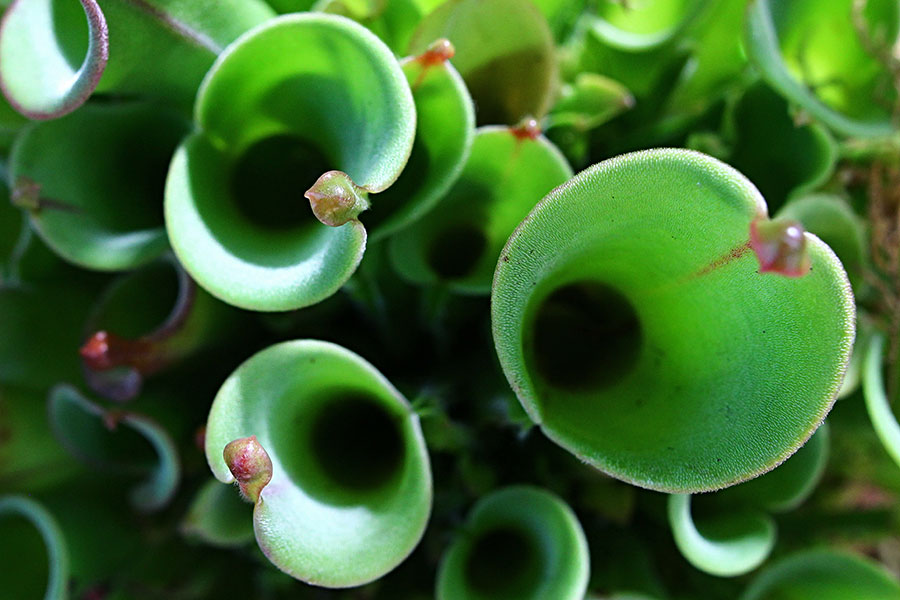
These South American Pitcher Plants attract unsuspecting insects and can control the amount of water that enters its pitcher in the same way as their northern cousins. But they differ by having a nectar spoon instead of a lid at the top of the pitcher.
There are 20+ species of these marsh Pitcher Plants and they each enjoy sitting in 1-2cm rainwater on a sunny, draft-free windowsill or similar environment. You can pick yours up at Oxford Garden Centre for just £9.99 (for a 8.5cm pot).
Pinguicula (Butterwort)
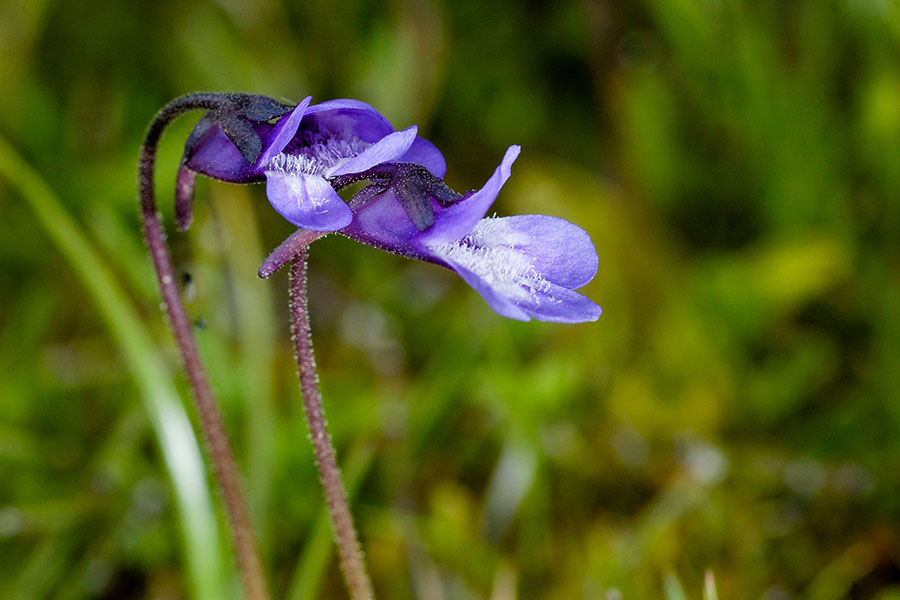
These purple pretties surely wouldn’t harm a fly! Generally found in abundance in Mexico and Central America with around 100 species of Butterworts in total, Pinguicula Grandiflora and P. Vulgaris are actually British natives.
Also known as flypaper traps, these plants secrete a slimy layer on their leaves. They lure insects who will stick to this sticky pad on landing and then be digested and absorbed into the plant. They have green fleshy rosettes of leaves and, unlike the other carnivorous plants featured here, produce attractive purple flowers. Butterworts who prefer shallow pots are also partial to a sunny windowsill and like to sit in 1-2cm rainwater. We sell these in 8.5cm pots at £4.49.
Oxford Garden Centre’s top tips for carnivorous plant care:
- Water well – Never use tap water and ensure that the bog plants sit in 1-2cm of rainwater. As the RHS advises, “Tap water contains chlorides and fluorides and many hard tap waters contain high levels of calcium making it too alkaline for carnivorous plants. Domestic water softeners simply exchange calcium for sodium, and the sodium can build up to toxic levels over a period of time”.
- Feed me, Seymour – No really, don’t! It’s very important not to trigger fly traps or place dead insects or other food types inside. This will drain the plant’s energy and it will die. Let them catch their own prey, they don’t need much.
- Keep it simple – You don’t need any special gardening tools or equipment. It’s rare that additional feeding is required and a simple plastic plant pot or a glazed ceramic plant pot, with plenty of drainage, is best.
- They will rise again – Most carnivorous plants will die back if removed from sitting in a tray of water but are kept damp in a cool place during the winter (November to February). They will then come back the following year. Potting and repotting should be done in the spring.
- Do your reading – There’s a wealth of information on carnivorous plants online and it’s always good to read up and increase your knowledge on their care to get the most from them.
Oxford Garden Centre will feed your hunger for carnivorous plants
We hope you’ve now got enough information under your gardening tool belt to start growing carnivorous plants. For the most part, growing Venus Fly Traps, Pitcher Plants and alike is straightforward when you follow a few basic rules regarding light, water and natural food sources. Should you have any specific questions, please reach out to our horticultural team in-store and also ask us if you’d like a particular carnivorous plant ordered in and delivered to your home.
